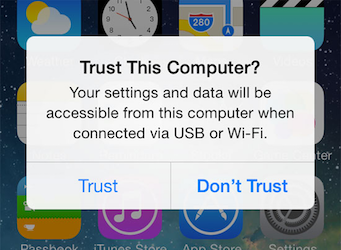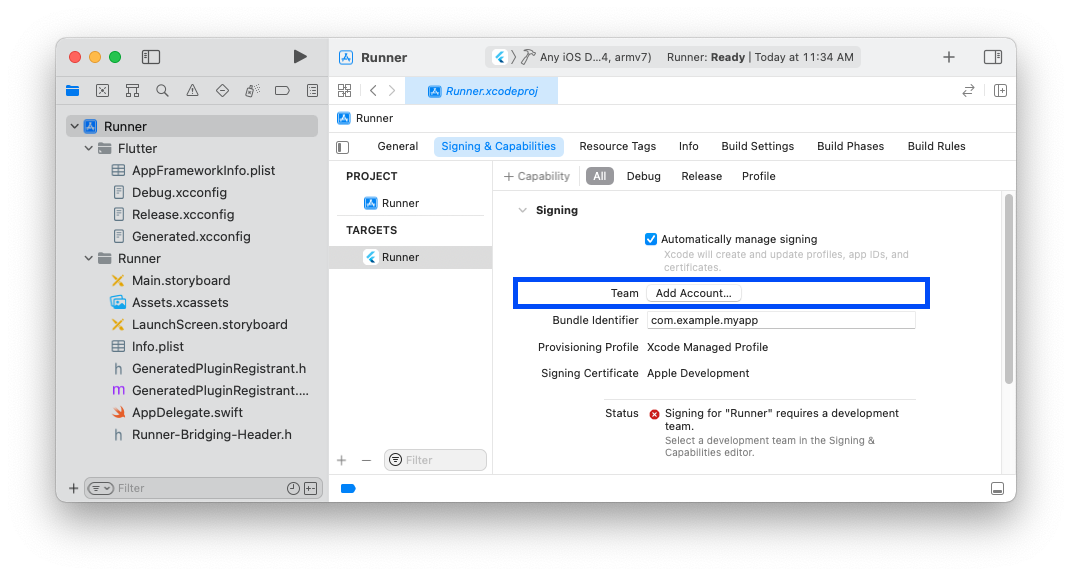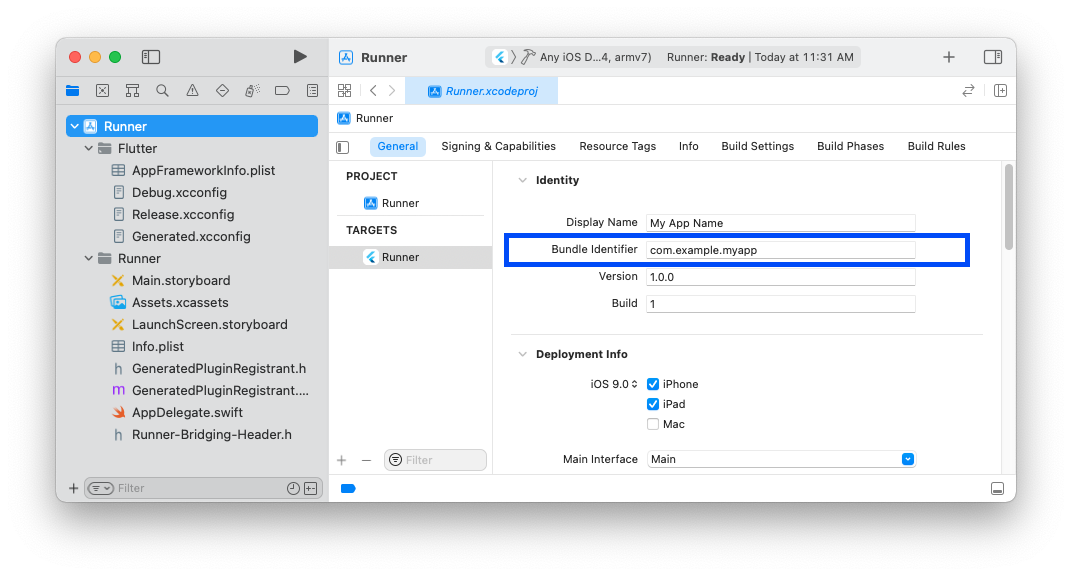macOS install
Mục Lục
System requirements
To install and run Flutter,
your development environment must meet these minimum requirements:
- Operating Systems: macOS, version 10.14 (Mojave) or later.
- Disk Space: 2.8 GB (does not include disk space for IDE/tools).
-
Tools: Flutter uses
gitfor installation and upgrade. We recommend
installing Xcode, which includesgit, but you can also
installgitseparately.
Important:
If you’re installing on an Apple Silicon Mac, you must have the Rosetta
translation environment available for some ancillary tools.
You can install this manually by running:
$
sudo
softwareupdate
--install-rosetta
--agree-to-license
Get the Flutter SDK
-
Download the following installation bundle to get the latest
stable release of the Flutter SDK:Intel
Apple Silicon
(loading…)
(loading…)For other release channels, and older builds,
check out the SDK archive.Tip:
To determine whether your Mac uses an Apple silicon processor, refer to Mac computers with Apple silicon on apple.com -
Extract the file in the desired location, for example:
$
cd
~/development$
unzip ~/Downloads/flutter_macos_vX.X.X-stable.zip -
Add the
fluttertool to your path:$
export
PATH
=
"
$PATH
:
`
pwd
`
/flutter/bin"
This command sets your
PATHvariable for the
current terminal window only.
To permanently add Flutter to your path, see
Update your path.
You are now ready to run Flutter commands!
Note:
To update an existing version of Flutter, see
Upgrading Flutter.
Run flutter doctor
Run the following command to see if there are any dependencies you need to
install to complete the setup (for verbose output, add the -v flag):
$
flutter doctor
This command checks your environment and displays a report to the terminal
window. The Dart SDK is bundled with Flutter; it is not necessary to install
Dart separately. Check the output carefully for other software you might
need to install or further tasks to perform (shown in bold text).
For example:
[-] Android toolchain - develop for Android devices
• Android SDK at /Users/obiwan/Library/Android/sdk
✗ Android SDK is missing command line tools; download from https://goo.gl/XxQghQ
• Try re-installing or updating your Android SDK,
visit https://docs.flutter.dev/setup/#android-setup for detailed instructions.
The following sections describe how to perform these tasks and finish the setup
process.
Once you have installed any missing dependencies, run the flutter doctor
command again to verify that you’ve set everything up correctly.
Downloading straight from GitHub instead of using an archive
This is only suggested for advanced use cases.
You can also use git directly instead of downloading the prepared archive. For example,
to download the stable branch:
$
git clone https://github.com/flutter/flutter.git -b
stable
Update your path, and run flutter doctor. That will let you know if there are
other dependencies you need to install to use Flutter (e.g. the Android SDK).
If you did not use the archive, Flutter will download necessary development binaries as they
are needed (if you used the archive, they are included in the download). You may wish to
pre-download these development binaries (for example, you may wish to do this when setting
up hermetic build environments, or if you only have intermittent network availability). To
do so, run the following command:
$
flutter precache
For additional download options, see flutter help precache.
Warning:
The Flutter tool may occasionally download resources from Google servers.
By downloading or using the Flutter SDK you agree to the Google Terms of Service.
For example, when installed from GitHub (as opposed to from a prepackaged archive),
the Flutter tool will download the Dart SDK from Google servers immediately when
first run, as it is used to execute the flutter tool itself. This will also
occur when Flutter is upgraded (e.g. by running the flutter upgrade command).
The flutter tool uses Google Analytics to report feature usage
statistics and send crash reports. This data is used to help improve Flutter
tools over time.
Flutter tool analytics are not sent on the very first run. To disable
reporting, run flutter config --no-analytics. To display the current
setting, use flutter config. If you opt out of analytics, an opt-out
event is sent, and then no further information is sent by the
Flutter tool.
Dart tools may also send usage metrics and crash reports to Google.
To control the submission of these metrics, use the following options on the
dart tool:
-
--enable-analytics: Enables anonymous analytics. -
--disable-analytics: Disables anonymous analytics.
The Google Privacy Policy describes how data is handled by these services.
You can update your PATH variable for the current session at
the command line, as shown in Get the Flutter SDK.
You’ll probably want to update this variable permanently,
so you can run flutter commands in any terminal session.
The steps for modifying this variable permanently for
all terminal sessions are machine-specific.
Typically you add a line to a file that is executed
whenever you open a new window. For example:
- Determine the path of your clone of the Flutter SDK.
You need this in Step 3. - Open (or create) the
rcfile for your shell.
Typingecho $SHELLin your Terminal tells you
which shell you’re using.
If you’re using Bash,
edit$HOME/.bash_profileor$HOME/.bashrc.
If you’re using Z shell, edit$HOME/.zshrc.
If you’re using a different shell, the file path
and filename will be different on your machine. -
Add the following line and change
[PATH_OF_FLUTTER_GIT_DIRECTORY]to be
the path of your clone of the Flutter git repo:$
export
PATH
=
"
$PATH
:[PATH_OF_FLUTTER_GIT_DIRECTORY]/bin"
- Run
source $HOME/.<rc file>
to refresh the current window,
or open a new terminal window to
automatically source the file. -
Verify that the
flutter/bindirectory
is now in your PATH by running:$
echo
$PATH
Verify that the
fluttercommand is available by running:$
which flutter
Platform setup
macOS supports developing Flutter apps for iOS, Android, macOS itself
and the web. Complete at least one of the platform setup steps now,
to be able to build and run your first Flutter app.
iOS setup
Install Xcode
To develop Flutter apps for iOS, you need a Mac with Xcode installed.
- Install the latest stable version of Xcode
(using web download or the Mac App Store). -
Configure the Xcode command-line tools to use the
newly-installed version of Xcode by
running the following from the command line:$
sudo
xcode-select--switch
/Applications/Xcode.app/Contents/Developer$
sudo
xcodebuild-runFirstLaunch
This is the correct path for most cases,
when you want to use the latest version of Xcode.
If you need to use a different version,
specify that path instead. - Make sure the Xcode license agreement is signed by
either opening Xcode once and confirming or running
sudo xcodebuild -licensefrom the command line.
Versions older than the latest stable version may still work,
but are not recommended for Flutter development.
With Xcode, you’ll be able to run Flutter apps on
an iOS device or on the simulator.
Set up the iOS simulator
To prepare to run and test your Flutter app on the iOS simulator,
follow these steps:
-
On your Mac, find the Simulator via Spotlight or
by using the following command:$
open-a
Simulator - Make sure your simulator is using a 64-bit device
(iPhone 5s or later). You can check the device by viewing the settings in
the simulator’s Hardware > Device or File > Open Simulator menus. - Depending on your development machine’s screen size,
simulated high-screen-density iOS devices
might overflow your screen. Grab the corner of the
simulator and drag it to change the scale. You can also
use the Window > Physical Size or Window > Pixel Accurate
options if your computer’s resolution is high enough.
Create and run a simple Flutter app
To create your first Flutter app and test your setup,
follow these steps:
-
Create a new Flutter app by running the following from the
command line:$
flutter create my_app -
A
my_appdirectory is created, containing Flutter’s starter app.
Enter this directory:$
cd
my_app -
To launch the app in the Simulator,
ensure that the Simulator is running and enter:$
flutter run
Deploy to iOS devices
To deploy your Flutter app to a physical iPhone or iPad
you’ll need to set up physical device deployment in Xcode
and an Apple Developer account. If your app is using Flutter plugins,
you will also need the third-party CocoaPods dependency manager.
-
The first time you use an attached physical device for iOS
development, you need to trust both your Mac and the
Development Certificate on that device.
On iOS 16 and higher you must also enable Developer Mode.Select Trust in the dialog prompt when
first connecting the iOS device to your Mac.
Then, go to the Settings app on the iOS device,
select General > Device Management
and trust your Certificate.
For first time users, you might need to select
General > Profiles > Device Management instead.
On iOS 16 and higher, navigate back to the top level
of the Settings app, select Privacy & Security > Developer Mode,
and toggle Developer Mode on. -
You can skip this step if your apps do not depend on
Flutter plugins with native iOS code.
Install and set up CocoaPods by running the following commands:$
sudo
geminstall
cocoapodsNote:
The default version of Ruby requiressudoto install the CocoaPods gem.
If you are using a Ruby Version manager, you might need to run withoutsudo.Additionally, if you are installing on an Apple Silicon Mac,
run the command:$
sudo
gem uninstall ffi&&
sudo
geminstall
ffi--
--enable-libffi-alloc
-
Follow the Xcode signing flow to provision your project:
- Open the default Xcode workspace in your project by
runningopen ios/Runner.xcworkspacein a terminal
window from your Flutter project directory. - Select the device you intend to deploy to in the device
drop-down menu next to the run button. - Select the
Runnerproject in the left navigation panel. -
In the
Runnertarget settings page,
make sure your Development Team is selected
under Signing & Capabilities > Team.When you select a team,
Xcode creates and downloads a Development Certificate,
registers your device with your account,
and creates and downloads a provisioning profile (if needed).-
To start your first iOS development project,
you might need to sign into
Xcode with your Apple ID.
Development and testing is supported for any Apple ID.
Enrolling in the Apple Developer Program is required to
distribute your app to the App Store.
For details about membership types,
see Choosing a Membership. -
If automatic signing fails in Xcode, verify that the project’s
General > Identity > Bundle Identifier value is unique.

-
- Open the default Xcode workspace in your project by
-
Start your app by running
flutter run
or clicking the Run button in Xcode.
Android setup
Note:
Flutter relies on a full installation of Android Studio to supply
its Android platform dependencies. However, you can write your
Flutter apps in a number of editors; a later step discusses that.
Install Android Studio
- Download and install Android Studio.
- Start Android Studio, and go through the ‘Android Studio Setup Wizard’.
This installs the latest Android SDK, Android SDK Command-line Tools,
and Android SDK Build-Tools, which are required by Flutter
when developing for Android. - Run
flutter doctorto confirm that Flutter has located
your installation of Android Studio. If Flutter cannot locate it,
runflutter config --android-studio-dir=<directory>to set the
directory that Android Studio is installed to.
Set up your Android device
To prepare to run and test your Flutter app on an Android device,
you need an Android device running Android 4.1 (API level 16) or higher.
- Enable Developer options and USB debugging on your device.
Detailed instructions are available in the
Android documentation. - Windows-only: Install the Google USB
Driver. - Using a USB cable, plug your phone into your computer. If prompted on your
device, authorize your computer to access your device. - In the terminal, run the
flutter devicescommand to verify that
Flutter recognizes your connected Android device. By default,
Flutter uses the version of the Android SDK where youradb
tool is based. If you want Flutter to use a different installation
of the Android SDK, you must set theANDROID_SDK_ROOTenvironment
variable to that installation directory.
Set up the Android emulator
To prepare to run and test your Flutter app on the Android emulator,
follow these steps:
- Enable
VM acceleration
on your machine. - Launch Android Studio, click the AVD Manager
icon, and select Create Virtual Device…- In older versions of Android Studio, you should instead
launch Android Studio > Tools > Android > AVD Manager and select
Create Virtual Device…. (The Android submenu is only present
when inside an Android project.) - If you do not have a project open, you can choose
Configure > AVD Manager and select Create Virtual Device…
- In older versions of Android Studio, you should instead
- Choose a device definition and select Next.
- Select one or more system images for the Android versions you want
to emulate, and select Next.
An x86 or x86_64 image is recommended. - Under Emulated Performance, select Hardware – GLES 2.0 to enable
hardware
acceleration. -
Verify the AVD configuration is correct, and select Finish.
For details on the above steps, see Managing
AVDs. - In Android Virtual Device Manager, click Run in the toolbar.
The emulator starts up and displays the default canvas for your
selected OS version and device.
Agree to Android Licenses
Before you can use Flutter, you must agree to the
licenses of the Android SDK platform. This step should be done after
you have installed the tools listed above.
-
Make sure that you have a version of Java 11 installed and that your
JAVA_HOMEenvironment variable is set to the JDK’s folder.Android Studio versions 2.2 and higher come with a JDK, so this should
already be done. - Open an elevated console window and run the following command to begin
signing licenses.$
flutter doctor--android-licenses
- Review the terms of each license carefully before agreeing to them.
- Once you are done agreeing with licenses, run
flutter doctoragain
to confirm that you are ready to use Flutter.
macOS setup
Additional macOS requirements
For macOS desktop development,
you need the following in addition to the Flutter SDK:
- Xcode
- CocoaPods if you use plugins
Next step
Set up your preferred editor.






